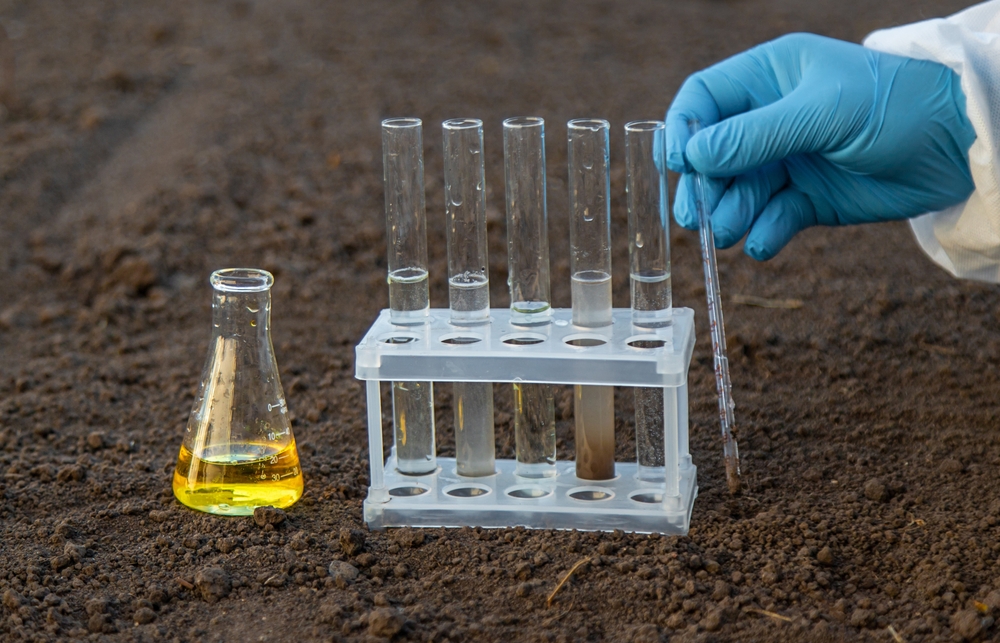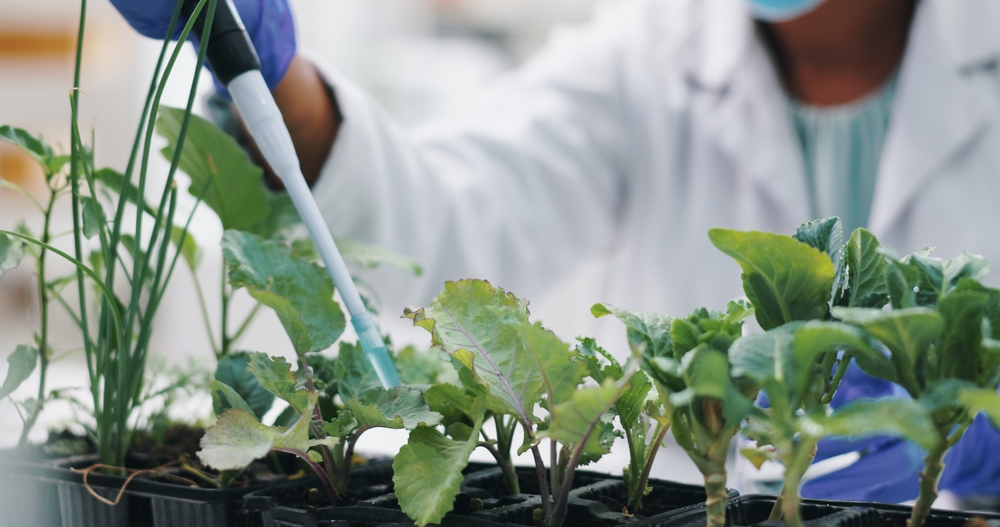
Image Source: Shutterstock.com
Ah, November gardens: the air is cool, the leaves crunch underfoot, and the frantic rush of the growing season has finally slowed to a peaceful hush. It’s the time when the soil takes a deep breath, resting after months of supporting blooms, veggies, and backyard victories.
While many gardeners pack away their tools and declare the season done, the true garden strategists know this is the moment to make their next move. And that move is testing your soil—because November is, hands down, the smartest month to do it.
The Soil Is Finally Settled
During the spring and summer, your soil undergoes constant changes in response to planting, watering, fertilizing, and harvesting. In November, those disturbances come to a halt, giving your soil a chance to settle into its true, natural state. Testing now provides a more accurate picture of your soil’s pH levels and nutrient balance. When the soil is settled, test results are clearer, which means your next decisions will be smarter instead of just guesswork. This is the difference between reacting to problems and preventing them altogether.
Amendments Have Time to Work
When you test in the spring, the clock starts ticking as planting season looms. But testing in November gives you the luxury of time—glorious, stress-free, winter-length time. Soil amendments like lime, sulfur, compost, and organic fertilizers take weeks or even months to break down and make meaningful changes. By applying them during late fall or early winter, you allow natural seasonal processes to work their slow magic. Come spring, your soil is already balanced, enriched, and ready to nurture new growth.
Winter Moisture Helps Distribution
Mother Nature is about to step in with rain, snow, and the kind of deep soil moisture that no hose can truly replicate. When amendments and nutrients are applied before winter, the cold-season moisture carries them downward and distributes them more evenly. This creates a far more consistent soil profile rather than pockets of concentration. Roots thrive when nutrients are uniform and accessible, and November gives you the best conditions for achieving that. Instead of fighting your soil in spring, you’ll find it already welcoming and cooperative.
Microbes Are Slowing Down, Not Stopping
Soil isn’t just dirt—it’s a living ecosystem filled with microbes, fungi, bacteria, and beneficial critters that quietly run the show. While warm weather gets them fired up, the cold doesn’t put them to sleep entirely. These organisms continue breaking down organic material throughout fall and winter, just at a calmer pace. When you add compost or organic matter in November, you feed this underground workforce without overwhelming it. By spring, they’ll have transformed your soil into something richly textured, fertile, and ready for strong root development.
You Get Ahead Of Spring Chaos
Spring is exciting—so exciting, in fact, that it’s easy to start planting before doing any planning. Testing soil in the spring often gets pushed aside in the frenzy of garden prep, seed starting, and enthusiastic overwatering. November offers clarity, stillness, and time to reflect on what worked and what absolutely did not. This is when you can take notes, set goals, and make strategic improvements without your emotions running the show. The smartest gardens are grown with intention—not impulse—and November is when intention comes easiest.

Image Source: Shutterstock.com
Plants Benefit From A Stress-Free Start
When your soil is already balanced before planting season begins, your plants experience less shock during transplanting and early growth. Balanced soil means roots spread faster, water is managed better, and nutrients are readily available from the first moment seedlings touch the earth. This early advantage compounds over the entire growing season, leading to sturdier stems, stronger blooms, and more productive harvests. Instead of reacting to yellowing leaves, stunted growth, or nutrient deficiencies mid-season, you start ahead of the curve. November soil testing is like giving your plants a head start in a race where most people begin late.
It Encourages Long-Term Garden Thinking
Gardening isn’t just about what you grow in one year—it’s about building a living, evolving relationship with your soil. Testing in November encourages you to think long-term, to nourish rather than patch, to cultivate rather than compensate. It turns gardening from seasonal chaos into a thoughtful, strategic rhythm. Instead of guessing, you are guided by data, insight, and timing. The more intentionally you treat your soil now, the more rewarding each future season becomes.
It Makes You Feel Like a Gardening Master
There’s a certain satisfaction that comes with taking control of your garden’s future instead of being surprised by problems in the spring. November soil testing feels proactive, confident, and wise. You’re not reacting to crises—you’re planning for success. It’s the kind of move experienced gardeners make, and the kind of move that transforms beginners into experts with time. When you test now, you’re choosing to step into a more empowered gardening identity.
Take the Quiet Month and Make It Count
November may seem like a quiet month in the garden, but it’s a powerful one. Testing your soil now gives you clarity, preparation time, and a healthier foundation for everything you’ll grow next year. Instead of letting winter be the end of your gardening momentum, use it as your secret advantage. Your soil is ready, your future plants are counting on you, and your next garden could be your best one yet.
Have you ever tested your soil in November? Tell us your stories and share your wisdom!
You May Also Like…
- The Ultimate November Garden Checklist: Don’t Skip These Final Tasks
- How to Keep Your Citrus Trees Alive When November Frost Hits Hard
- 12 Garden Chores You Can’t Skip in November
- Why Raised Beds Hold Warmth Longer Than Ground Soil
- Why Over-Fertilizing Kills More Plants in Fall
Leave a Reply